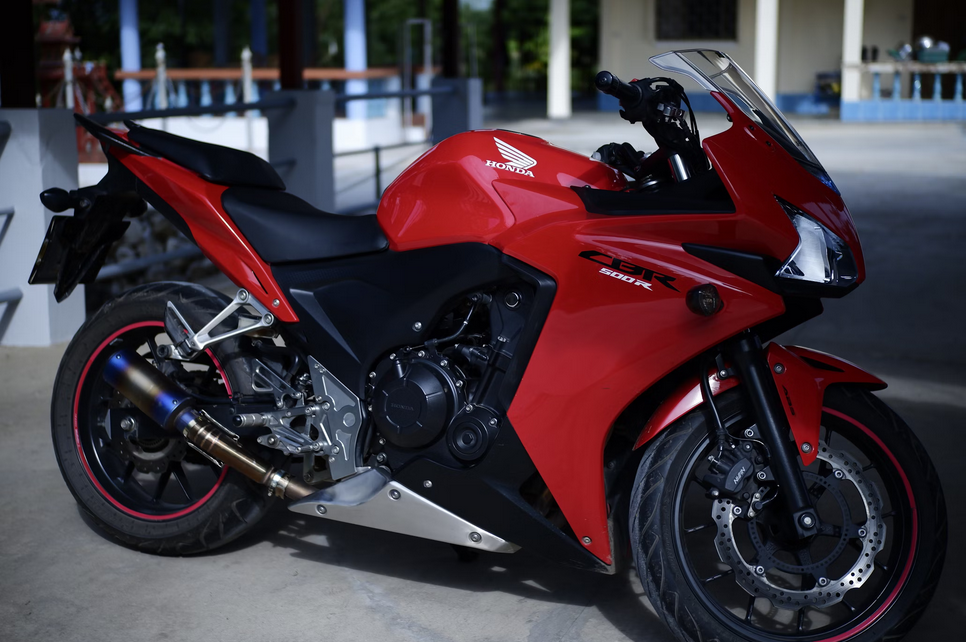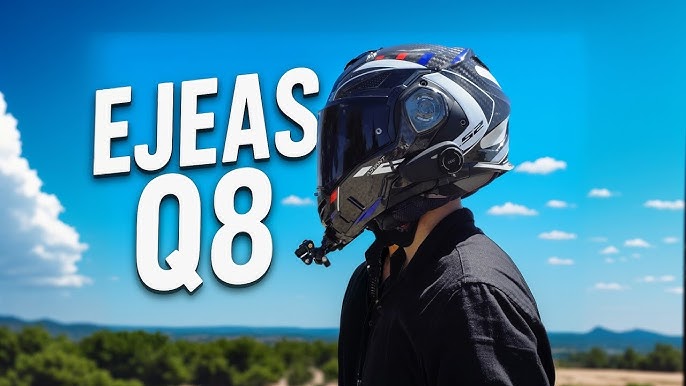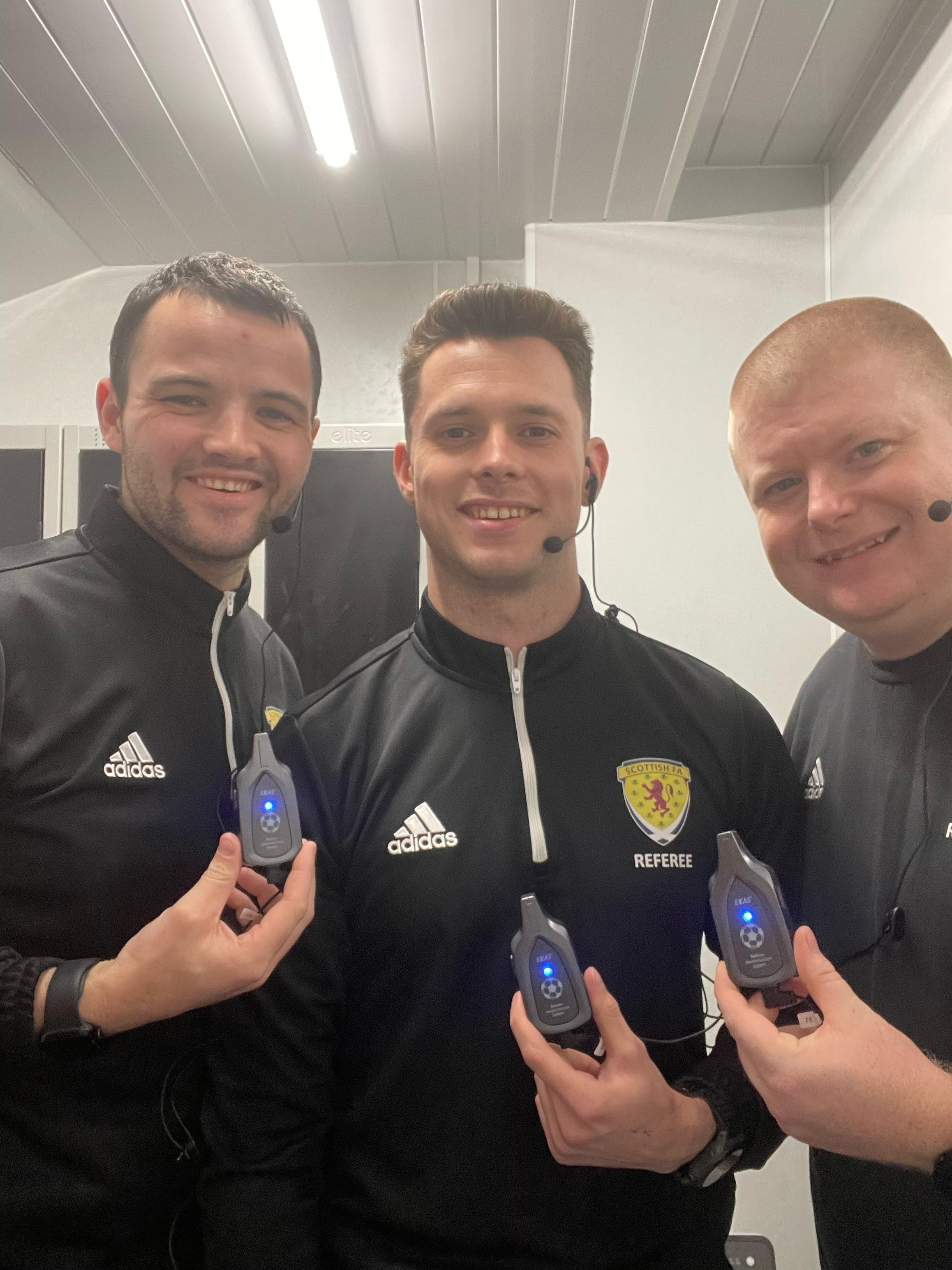Honda, a titan in the motorcycle industry, is renowned for its blend of practicality and forward-thinking design. However, not every visionary concept from Honda's studios translates into a production motorcycle. These unproduced machines offer a glimpse into alternative realities, showcasing the company's exploration of new technologies and design directions. Let's delve into five such concepts that captured imaginations but never hit the road:
-
Honda E-Canopy (2011): Unveiled in 2011, the E-Canopy was a three-wheeled electric scooter that defied convention. Its most striking feature was the enclosed cabin, enveloping the rider in a protective shell that offered weather protection and enhanced stability compared to traditional scooters. While the E-Canopy itself wasn't produced, it foreshadowed Honda's commitment to developing user-friendly electric scooters, evident in current offerings like the Honda PCX Electric.
-
Honda NM4 (2015): The NM4 was a radical concept designed to redefine the touring motorcycle experience. This audacious design sported a futuristic, pod-like form with an unconventional forward-leaning riding position and an integrated infotainment system. Although deemed too outlandish for mass production, the NM4's influence can be seen in the design and touring-oriented features of the Honda Gold Wing, a testament to Honda's ability to incorporate elements from concept bikes into existing models.
-
Honda Riding Assist (2017): This concept wasn't a motorcycle in the traditional sense, but rather a technological leap towards safer riding. The Honda Riding Assist was a self-balancing motorcycle, capable of automatically maintaining balance at low speeds. This technology has yet to be commercially implemented, but it serves as a significant marker in Honda's exploration of rider safety advancements and the potential for future motorcycles to be more approachable for new riders.
-
Honda CB-X (2016): A concept that tugged at the heartstrings of nostalgia, the CB-X paid homage to the legendary Honda CB series. It presented a modernized take on the classic design, embodying the cafe racer aesthetic. While the CB-X never materialized, its influence is undeniable in the recent updates to the popular CB lineup, demonstrating how Honda draws inspiration from its heritage to shape the future.
-
Honda CUB (2017): Evoking memories of the iconic Honda Super Cub, this concept presented a miniature electric motorcycle. The CUB reimagined the beloved design for the zero-emission era, offering a practical and stylish solution for urban mobility. Although the CUB never reached production, it solidified Honda's continuous pursuit of innovative electric two-wheelers and potentially hinted at a future electric iteration of the ever-popular Super Cub.
In conclusion, these unproduced Honda concepts offer a valuable window into the company's design philosophy and unwavering commitment to innovation. They showcase the exploration of unconventional ideas and cutting-edge technologies, even if they don't always translate directly to consumer products. These concepts pique our curiosity about what could have been, while sometimes subtly influencing the motorcycles we see on the road today.






Share:
Revolutionizing Motorcycle Communication and Safety: Introducing the 2-IN-1 Motorcycle Mesh Intercom & Helmet Camera
New EJEAS Q8 Motorcycle Helmet Intercom System Launches